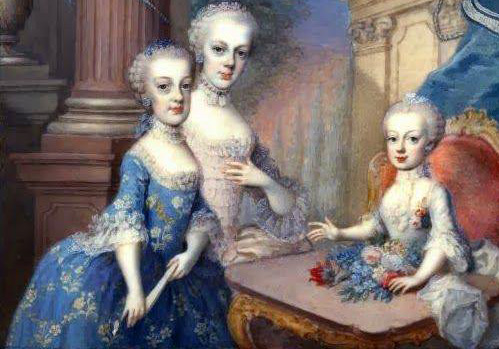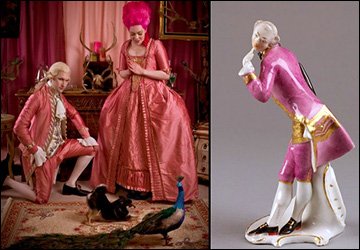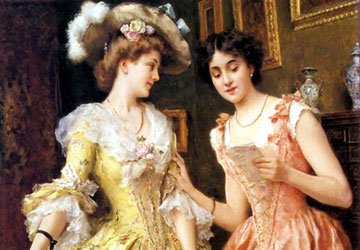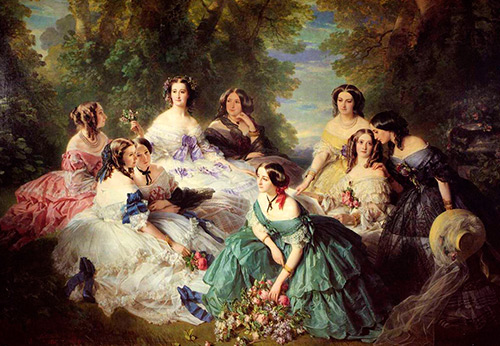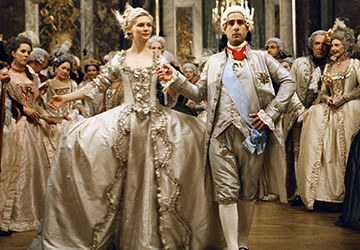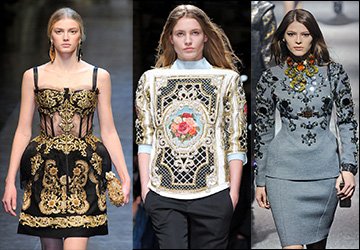NEEDLEWORK
Rococo relief embroidery
Relief embroidery, embroidery in the Rococo style originates from the style of the same name - the Rococo style. The era that captured the period of the first half of the XVIII. In Russia, this is the era of Empress Catherine the Great. Canvases by Watteau, Boucher, Fragonard are the best images of this era, of this style. Rococo - curl, shell. Sometimes this period is called the miniature age, when the ideal of the female appearance was a doll-like, miniature beauty with a graceful low figure, a thin waist tied in a corset, a small mouth, and narrow shoulders. The beauty is dressed in a dress with a strongly low-cut bodice and an immensely fluffy skirt with a crinoline. The sleeves are decorated with layered lace, the dress is made of taffeta, cambric or silk, and is also decorated with bows, frills and flowers. The color of the dress is mainly pastel: light blue, pink, pale green, pale yellow. The most favorite decoration in the outfit is garlands of flowers.
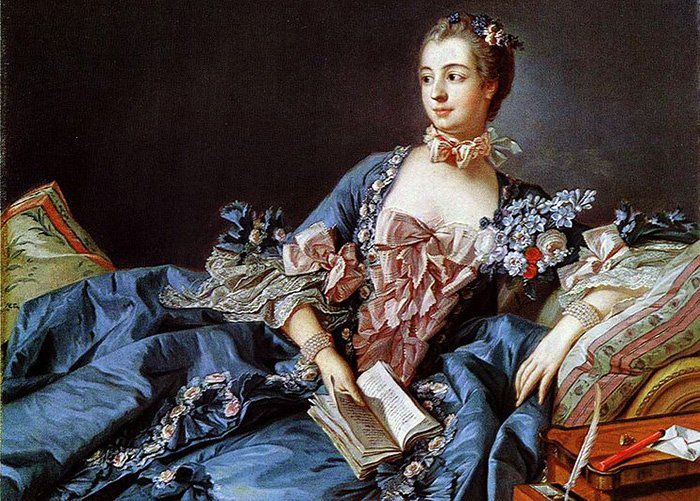
Francois Boucher. Portrait of Madame de Pompadour. 1750. National Gallery of Scotland, Edinburgh
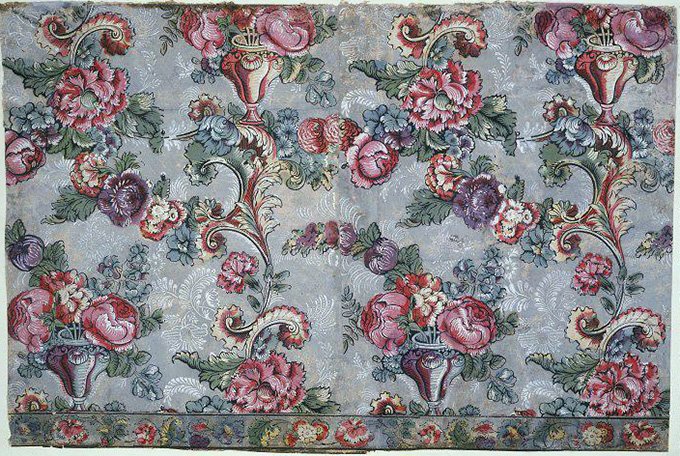
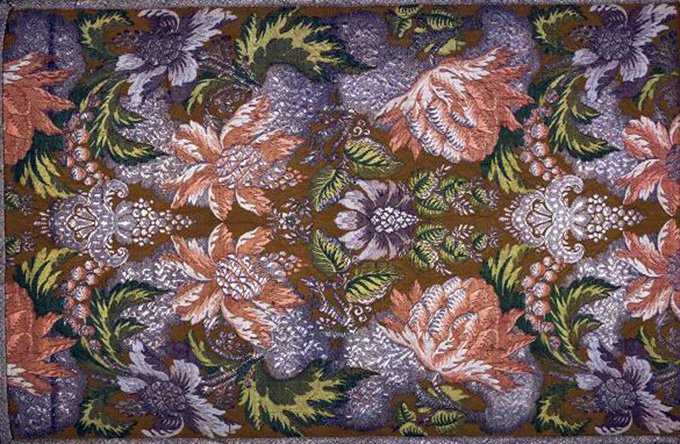
And so, this era is characterized by a special decorativeness, diminutiveness, volume and relief. And this was reflected in the embroidery, which was named so - rococo embroidery.
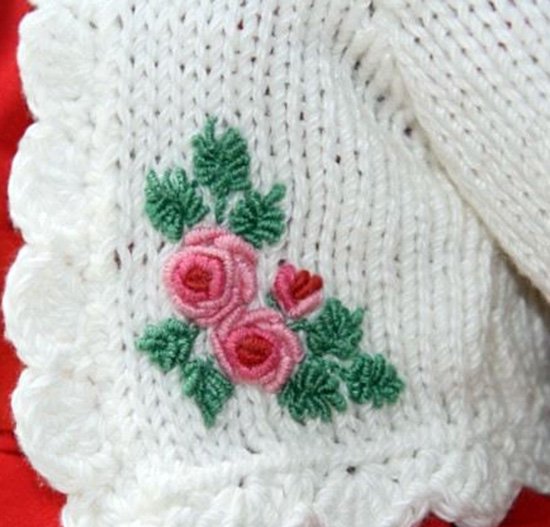
Today, Rococo embroidery is back in vogue. She decorates not only clothes, but also home textiles, wall panels.
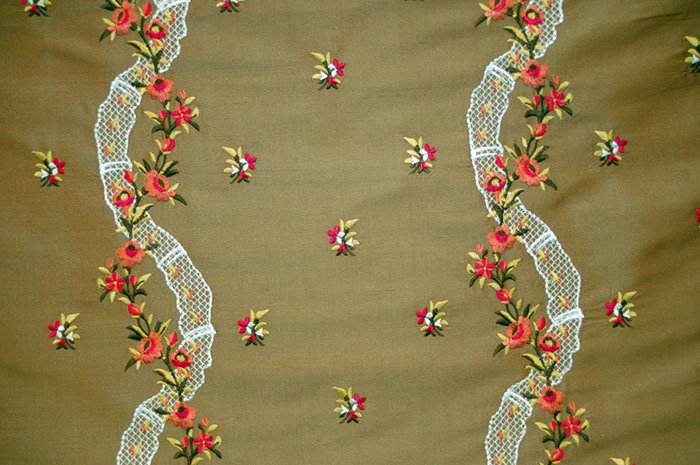
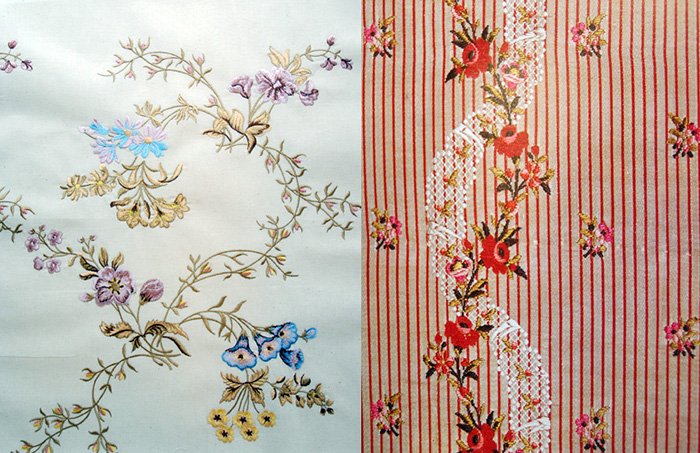
There are not so many wisdom in embroidery, and this embroidery is not as complicated as it might seem at first glance.
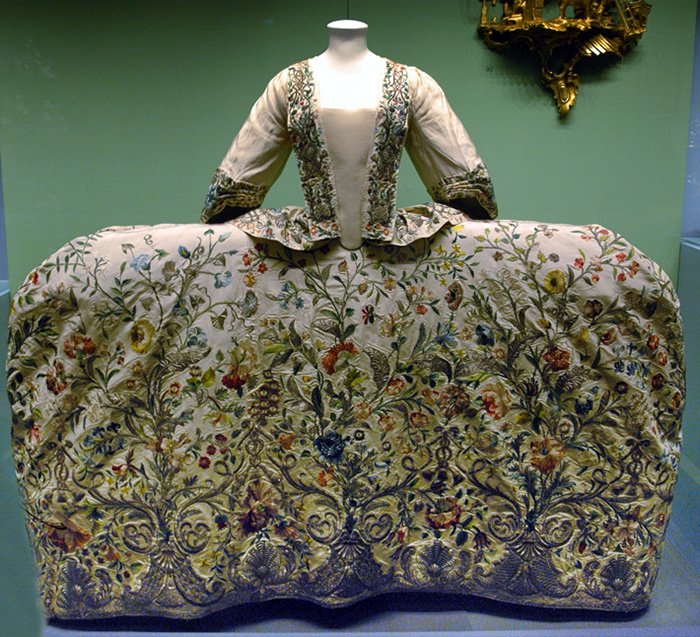
Basic techniques of rococo embroidery
Knot seam. Attach the thread to the wrong side, bring the needle to the right side, turn the needle to the left. Make 2 - 3 windings on the needle with a working thread, winding away from you. Holding the naviv with your thumb, insert the needle into the fabric from the front side to the wrong side, stepping back from the first puncture by 1-2 mm. And pull the needle and thread through the naviv. Then stick the needle back into the front side close to the puncture site. This is followed by the second knot. Such knots can fill the middle of a flower, for example, a chamomile.
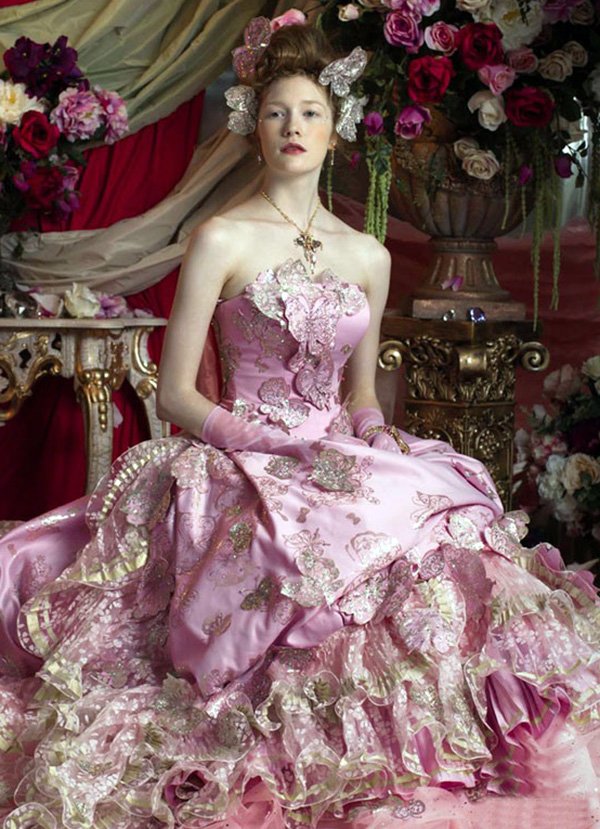
Seam "naviv". This seam is similar to the previous one. But here several navivs are made on the needle. Such a seam turns out to be elongated. The needle for such a seam should be long, moreover, the same thickness along its entire length.
Secure the thread to the wrong side. Bring the needle to the right side. Step back a little and sew the needle back stitch, leaving the needle in the fabric. Wrap the end of it with thread. Holding the thread with your fingers, pull the needle through them, stick it into the fabric, pull it to the wrong side and secure. The size of the embroidery depends on the thickness of the yarn and the number of turns. This stitch can be used to embroider roses, daisies, chrysanthemums.
Loop seam. Fasten the thread on the wrong side. Withdraw the needle to the right side. Next, the needle is pulled out again to the wrong side, injecting it next to the first puncture, leaving a loop on the front side. The loop is held with the thumb of the left hand, and the needle is again inserted on the front side next to the first puncture and the loop is fixed twice in one place with a stitch seam.
The "eyelet" seam will allow you to make animal embroidery on both your own and children's jerseys. When the entire surface of the embroidery is ready, all the loops are laid, cut them neatly and evenly. The result is a velvety surface, like a carpet pile. The loops can also fill the middle of the flower.
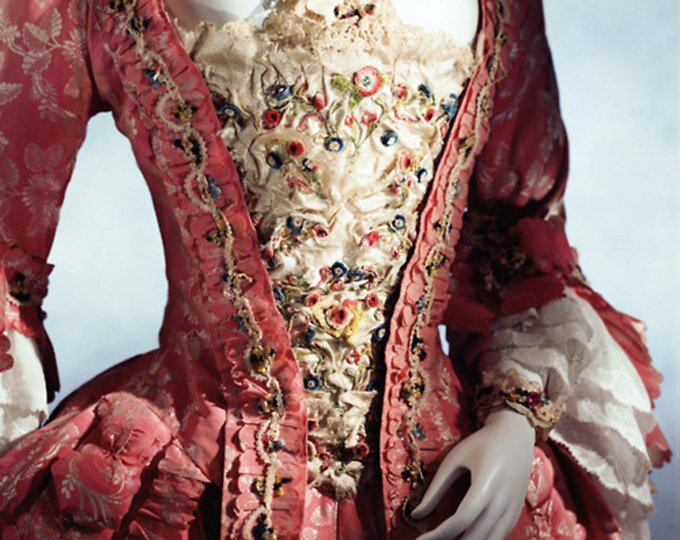
Basic tips to help you get beautiful embroidery quickly:
1. The entire needle must have the same thickness along its entire length. Then it will easily pass through the wound stitch.
2. It is necessary to match the fabric and thread. For light fabrics - thin threads, for dense fabrics - thick, heavy threads.
3. It is not recommended to use threads with an uneven surface for rococo embroidery. The threads should be elastic and keep the shape of the twist.
4.The twisted threads on the needle must be tightly held so that they do not unwind.
5. To make the embroidery dense, put each flagellum closer, denser to the previous one.
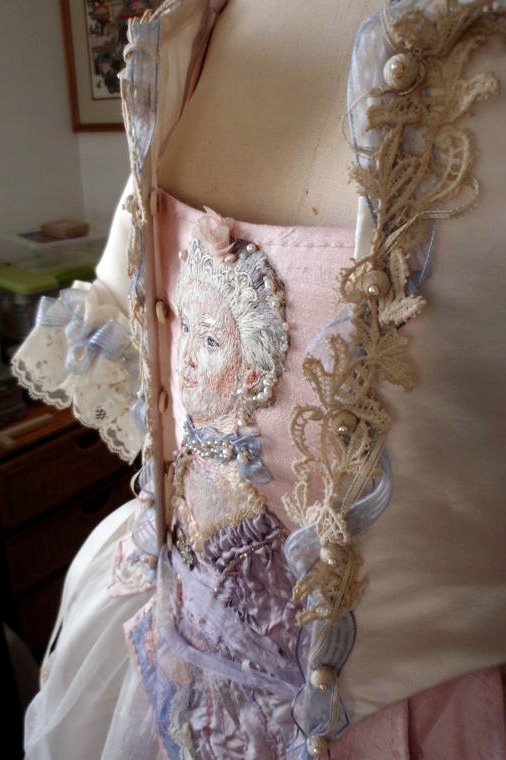
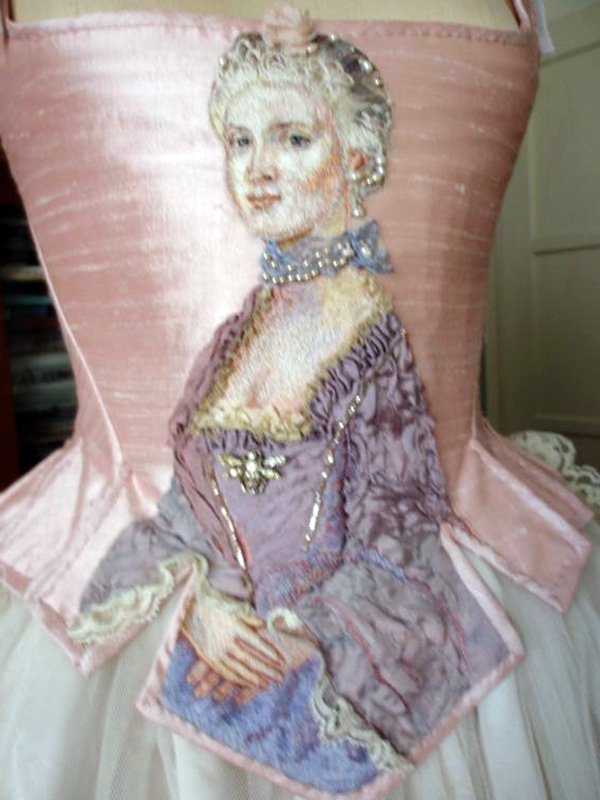
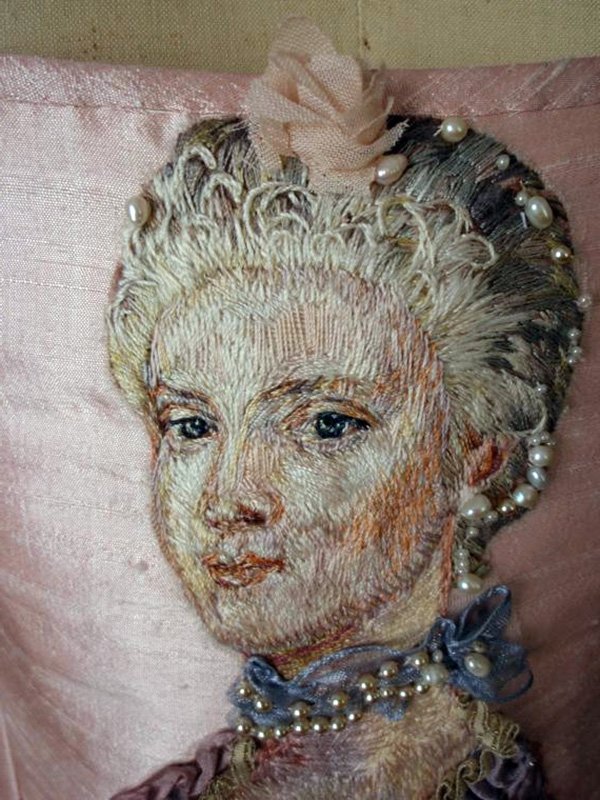
Rococo embroidery is not complicated, it can be used to decorate knitwear, denim clothes, napkins, tablecloths. This is a very exciting experience. You can play the role of a designer and decorate your clothes yourself. Embroidery will add a special charm and individuality even to everyday clothes.
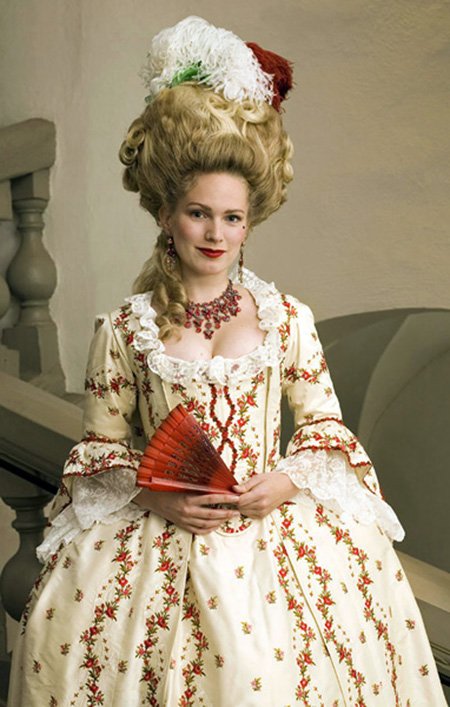
Marie antoinette
Comments and Reviews
Add a comment
Rating news
Shades of clothing that make women look younger
What shades of hair make women younger: rules and photos
Funny wedding dresses - photos and ideas
12 most expensive down jackets for the winter
How to look 25 at 40: tips from supermodels
Beautiful schoolgirls
Anti-aging haircuts and hairstyles for women
Fashionable skirts for autumn and winter
Fashionable women's trousers for the cold season
Fashionable and stylish sandals for summer 2024
Spring-summer 2024
 Fashionable dresses and tops with thin spaghetti straps
Fashionable dresses and tops with thin spaghetti straps
 Bandana tops: how to wear stylishly and beautifully
Bandana tops: how to wear stylishly and beautifully
 How to put together the perfect men's wardrobe for the summer
How to put together the perfect men's wardrobe for the summer
 Fashionable shorts for spring-summer 2024
Fashionable shorts for spring-summer 2024
 Fashionable skirts for spring-summer 2024: a guide to online shopping
Fashionable skirts for spring-summer 2024: a guide to online shopping
 The most fashionable dresses spring-summer 2024: styles and colors
The most fashionable dresses spring-summer 2024: styles and colors
 Fashionable total look 2024: image ideas and trends
Fashionable total look 2024: image ideas and trends
